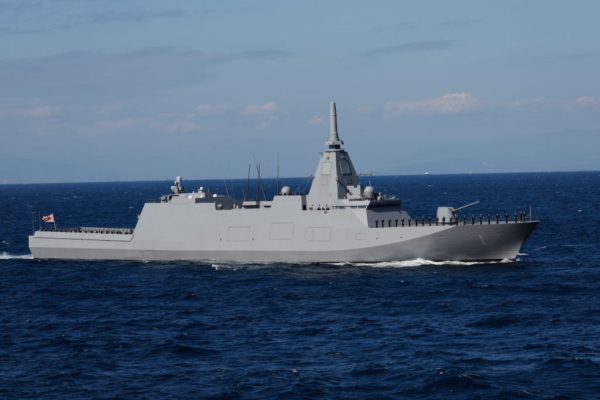In response to the increasing regional military threats from the Chinese Communist Party, Japan and India have rapidly strengthened their bilateral relationship. The Japanese government is set to officially announce the export of warship communication antennas to India to enhance their deterrence capabilities in the Indo-Pacific region.
According to the Nikkei Asia report, the Japanese government is likely to make this decision announcement during the “2+2 meeting” between the foreign and defense ministers of India and Japan, scheduled to take place in New Delhi on Tuesday, August 20.
The Japanese Foreign Minister Yoko Kamikawa, Defense Minister Minoru Kihara, Indian Foreign Minister S. Jaishankar, and Defense Minister Rajnath Singh will participate in this “2+2” meeting.
During the “2+2 meeting” held in September 2022, both Japan and India reached a consensus on the potential for expanding bilateral cooperation. In this upcoming meeting, the two countries will discuss concrete measures to promote defense equipment cooperation.
Reported by Nikkei China on March 11, the communication antenna proposed for export is the “NORA-50,” a naval communication antenna known as “UNICORN,” jointly developed by the Japanese electronics company NEC and Yokohama Rubber, among other Japanese enterprises. Japan is currently finalizing the contract details with India, including quantities and amounts.
The Japan Maritime Self-Defense Force has already installed this antenna on its latest frigate (FFM). This antenna plays a role in capturing radio waves over a wide range, quickly detecting the movements of missiles and drones. Using such communication equipment in joint exercises also facilitates smoother information sharing, enhancing cooperation between military forces.
In April 2014, the Japanese parliament passed the “Three Principles on Transfer of Defense Equipment,” emphasizing that if it contributes to “Japan’s security,” defense equipment exports and joint development will be permitted.
In addition, the Japanese government revised the “Three Principles on Transfer of Defense Equipment” and operational guidelines on December 22 last year. The operational guidelines stipulate that exports are allowed for purposes such as disaster relief, transportation, surveillance, monitoring, and mine clearance. These amendments pave the way for defense cooperation with other countries, while promoting the development of the defense industry and enhancing military deterrence.
Under the current “Three Principles on Transfer of Defense Equipment,” Japan has difficulty exporting lethal weapons, but the “UNICORN” antenna falls under communication equipment and is not subject to restrictions.
India is a member of the Quad alliance, along with Japan, the United States, and Australia. India also maintains good relations with Russia. Positioned between these two major camps, India has a significant impact on the regional situation.
In recent years, the strategic partnership between India and Japan has continued to deepen. At the beginning of the 21st century, their relationship was positioned as a “Global Partnership Between India and Japan,” which evolved into a “Strategic Global Partnership Between India and Japan” in 2006, and was upgraded to a “Special Global Strategic Partnership Between India and Japan” in 2014.
On Monday, August 12, India’s Ambassador to Japan Sibi George, in an interview with Kyodo News in Tokyo, mentioned that this year marks the tenth anniversary of the establishment of the “special partnership” between the two countries. Indian President Narendra Modi is expected to visit Japan by the end of this year, as he is currently adjusting his diplomatic schedule accordingly.

